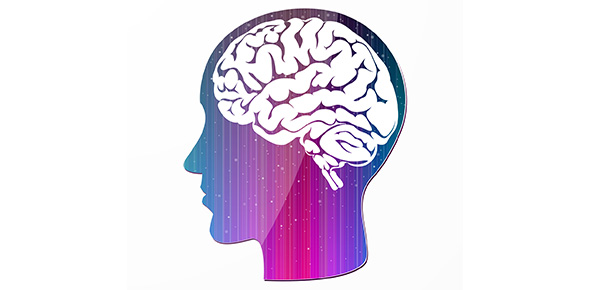Comm 1310 - Chapter 15 - Final Exam Practice Quiz

Practice quiz for Chp,15, FINAL EXAM
Questions and Answers
- 1.
The sense of mental disorganization or imbalance that may prompt a person to change when new information conflicts with previously organized thought patterns.
- A.
ADHD
- B.
Hierarchy of needs
- C.
Cognitive dissonance
- D.
Coercion
Correct Answer
C. Cognitive dissonanceExplanation
Cognitive dissonance refers to the psychological discomfort or tension that arises when a person holds conflicting beliefs, attitudes, or values. When new information contradicts their existing beliefs or thought patterns, individuals may experience this dissonance and feel compelled to change their thoughts or behavior in order to reduce the discomfort. This concept helps explain why people often resist or struggle to accept new information that conflicts with their preconceived notions or beliefs.Rate this question:
-
- 2.
The classic theory that outlines our basic needs was developed by Abraham Masglow. Masglow suggested that a hierarchy of needs motivates the behavior of all. What is the order (from bottom to top) of that hierarchy of needs? *The hierarchy of needs is pictures as a triangle on page 382 in your text.
- A.
Physiological, Social, Self-esteem, Safety, Self-actualization.
- B.
Physiological, Safety, Social, Self-esteem, Self-actualization.
- C.
Self-esteem, Self-actualization, Physiological, Safety, Social.
Correct Answer
B. Physiological, Safety, Social, Self-esteem, Self-actualization.Explanation
According to Maslow's hierarchy of needs, the most fundamental needs are physiological needs, such as food, water, and shelter. Once these needs are met, individuals seek safety and security. After that, they look for social needs, which include the need for love, belonging, and friendship. Once social needs are fulfilled, individuals strive for self-esteem, which involves self-confidence and recognition from others. Finally, at the top of the hierarchy, individuals pursue self-actualization, which refers to achieving one's full potential and personal growth. Therefore, the correct order of the hierarchy of needs is physiological, safety, social, self-esteem, self-actualization.Rate this question:
-
- 3.
What does ELM stand for?
- A.
Evaluation likelihood model
- B.
Enhancement legitimate model
- C.
Entertainment liklihood model
- D.
Elaboration likelihood model
Correct Answer
D. Elaboration likelihood modelExplanation
The correct answer is Elaboration likelihood model. The Elaboration Likelihood Model (ELM) is a theory of persuasion that explains how people process and respond to persuasive messages. It suggests that there are two routes to persuasion: the central route, where people carefully evaluate the message and its arguments, and the peripheral route, where people are influenced by peripheral cues such as the speaker's attractiveness or credibility. The ELM emphasizes the importance of motivation and ability to process information in determining which route individuals will take.Rate this question:
-
Quiz Review Timeline +
Our quizzes are rigorously reviewed, monitored and continuously updated by our expert board to maintain accuracy, relevance, and timeliness.
-
Current Version
-
Mar 19, 2023Quiz Edited by
ProProfs Editorial Team -
Apr 29, 2013Quiz Created by
Houdini91
STEM Entrance Exam Quiz: Can you pass this Stem Exam?
STEM Entrance Exam Quiz: Can you pass this Stem Exam?
Are You Smarter Than A 5th Grader? MCQ Quiz Questions
Are You Smarter Than A 5th Grader? MCQ Quiz Questions
 Back to top
Back to top


